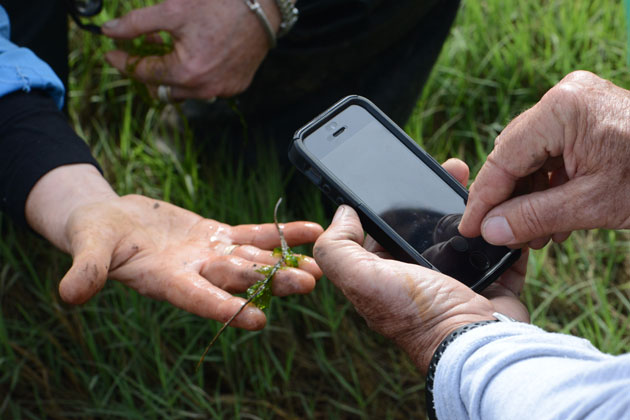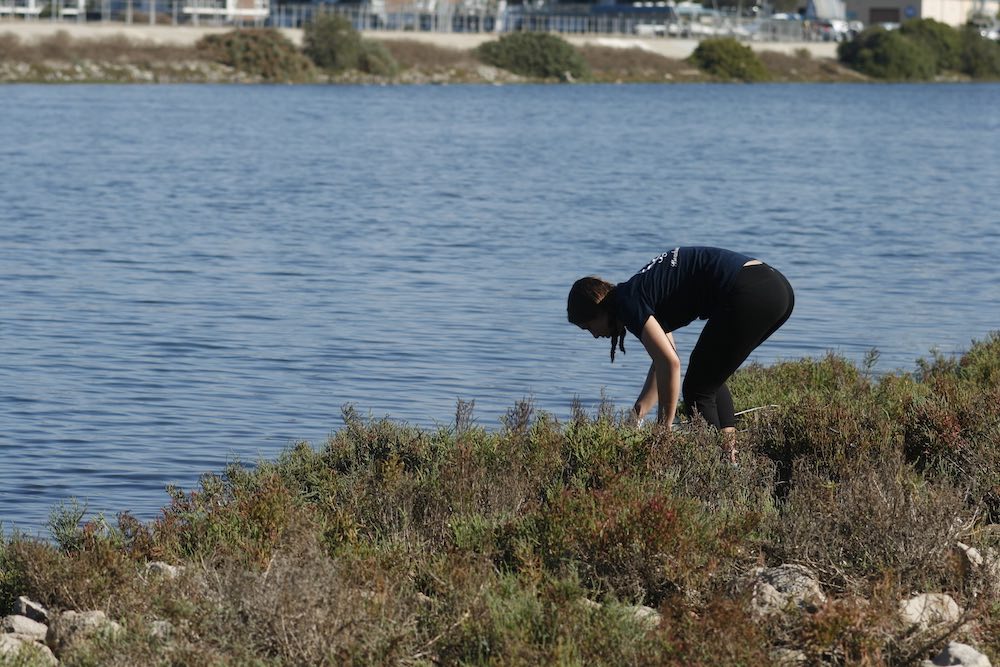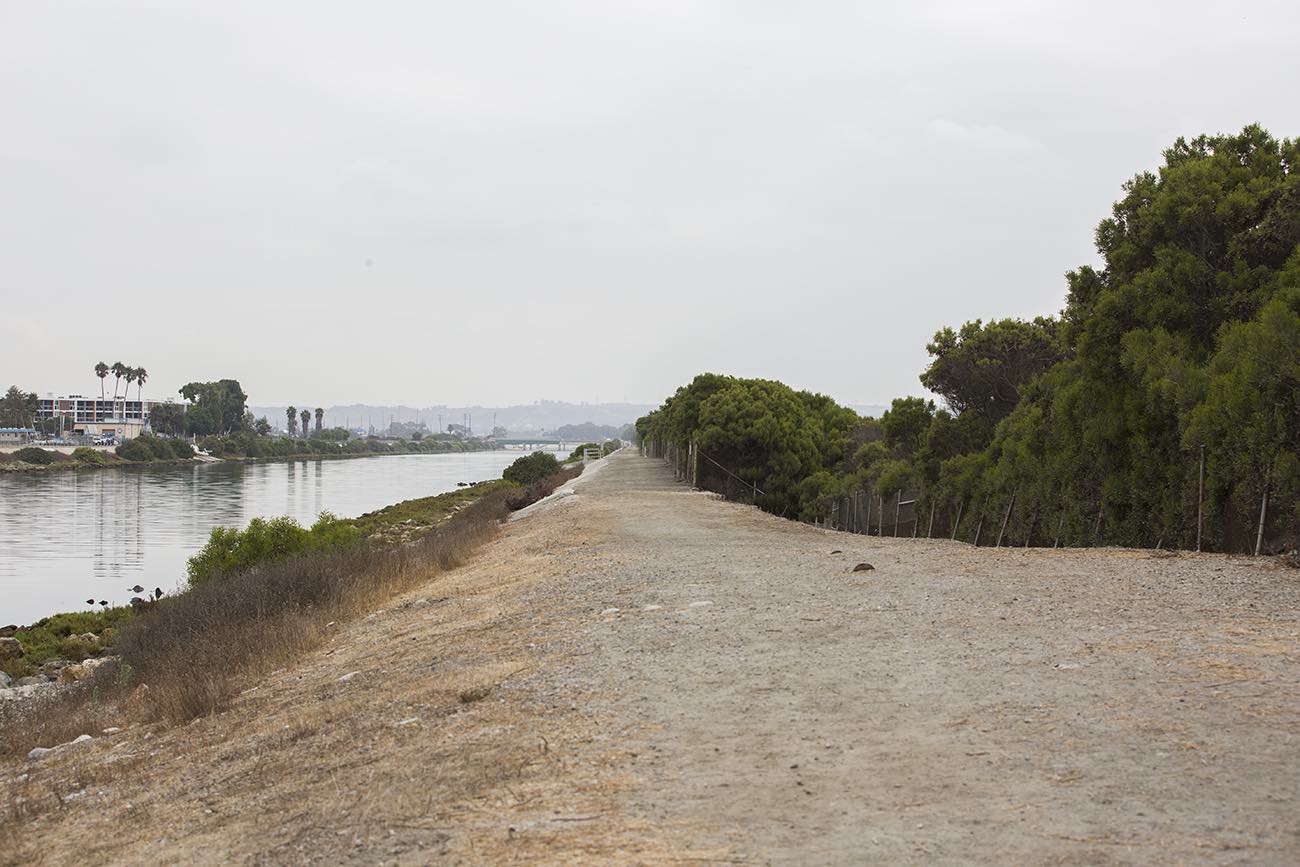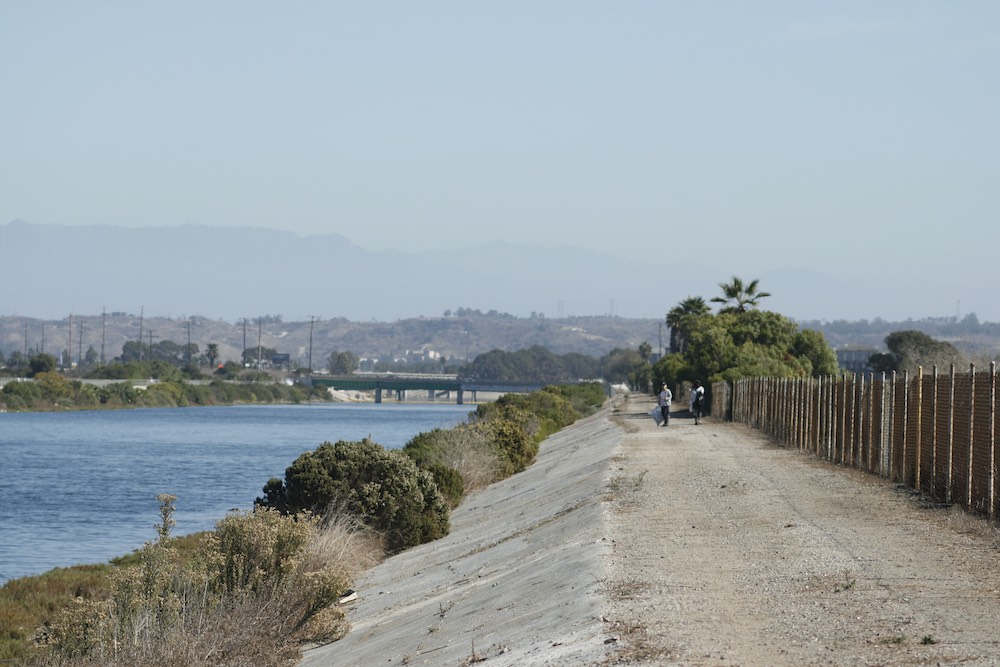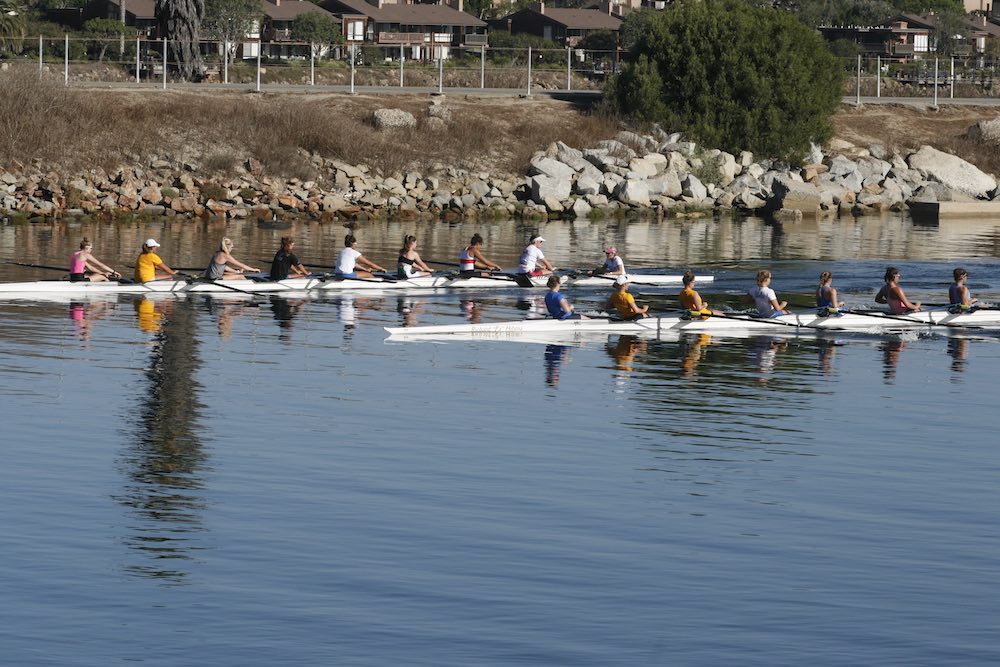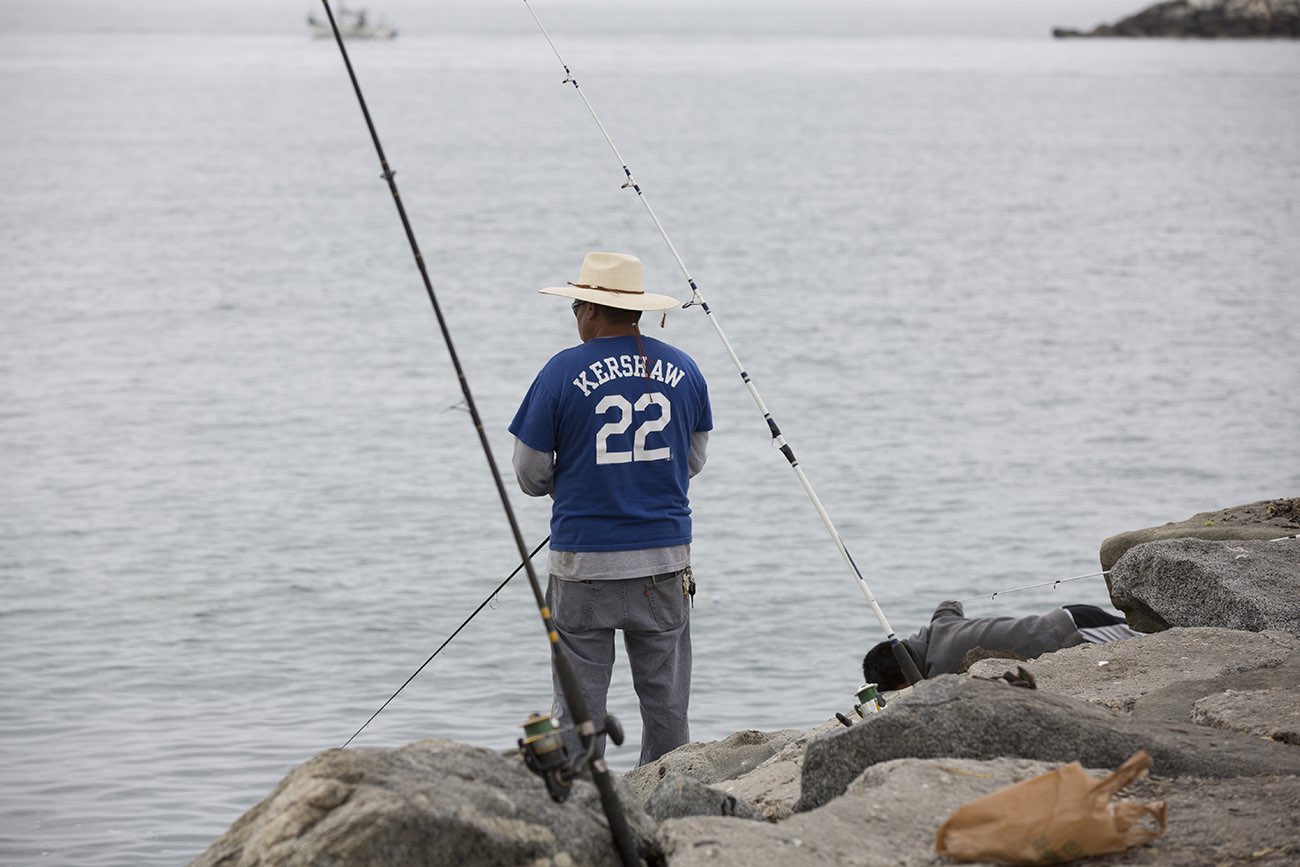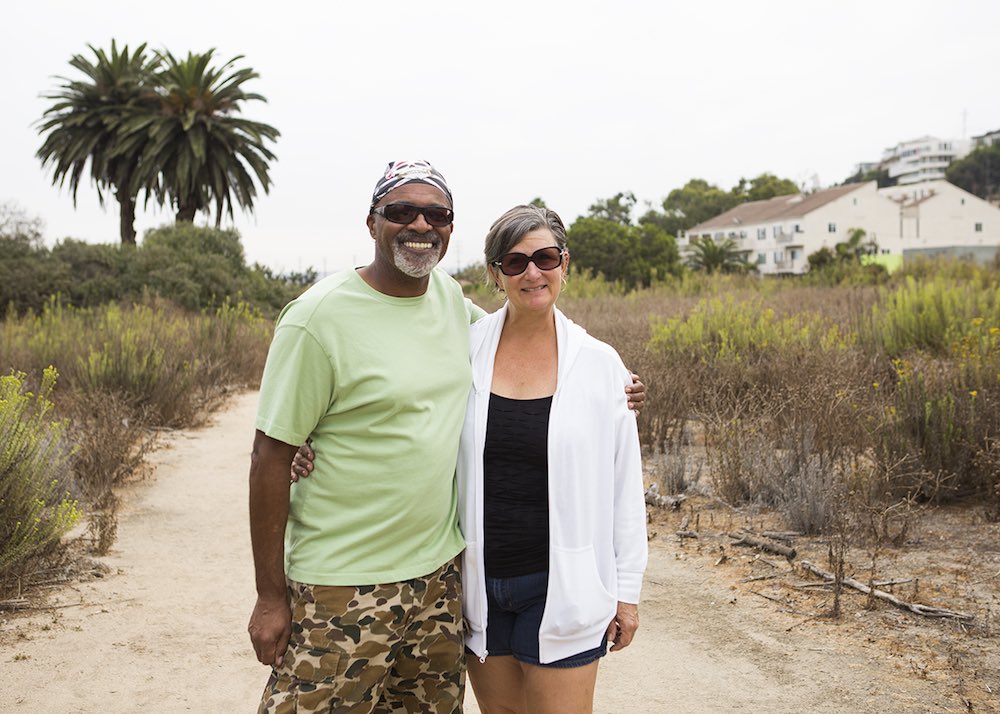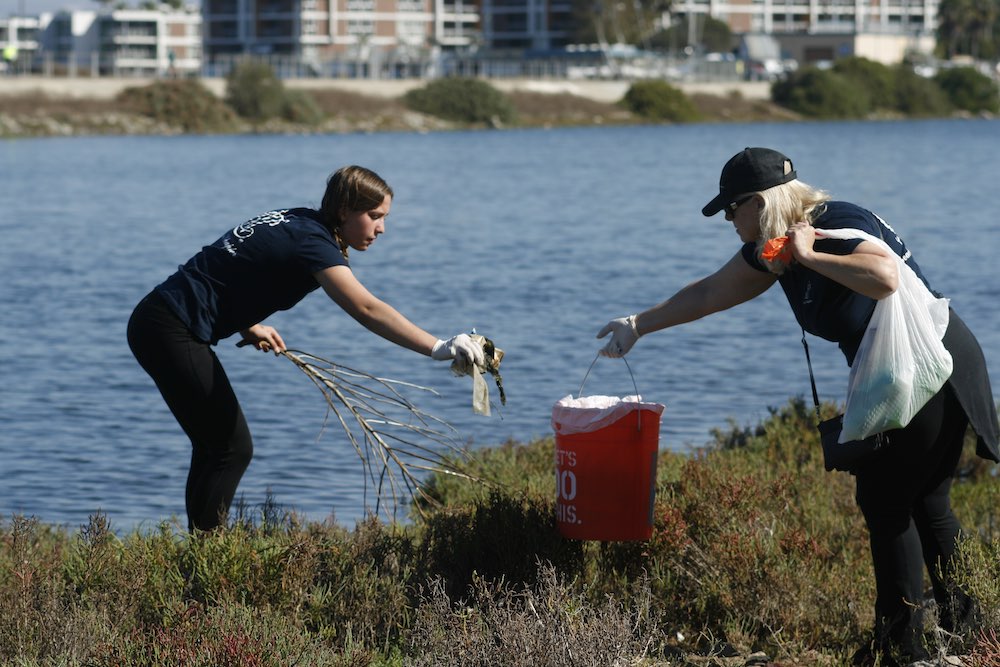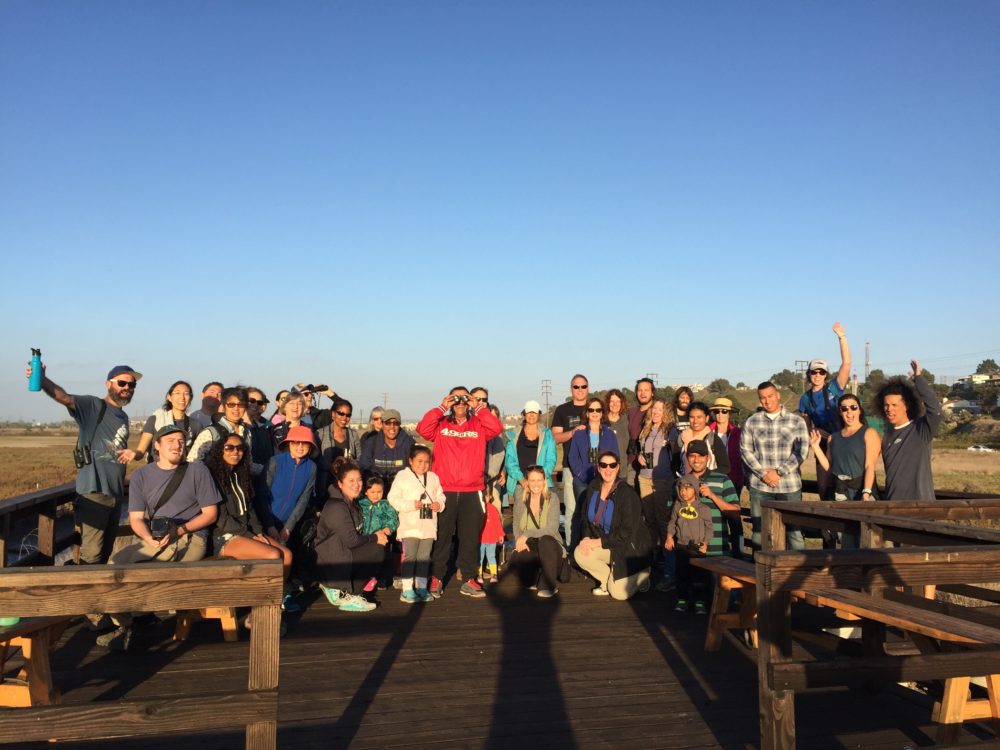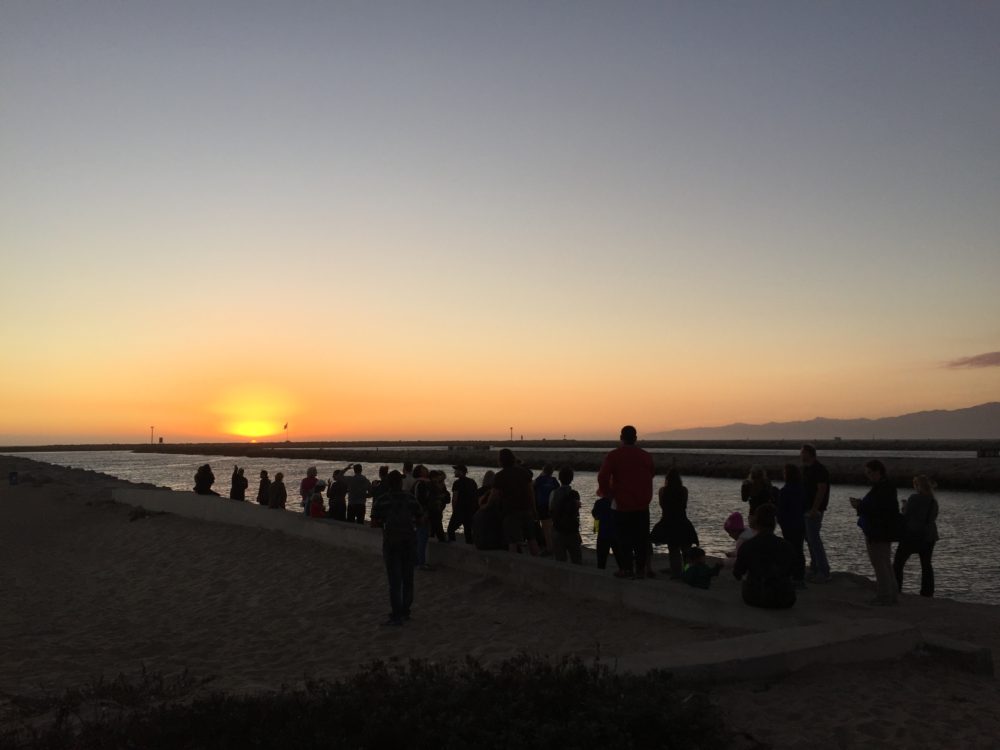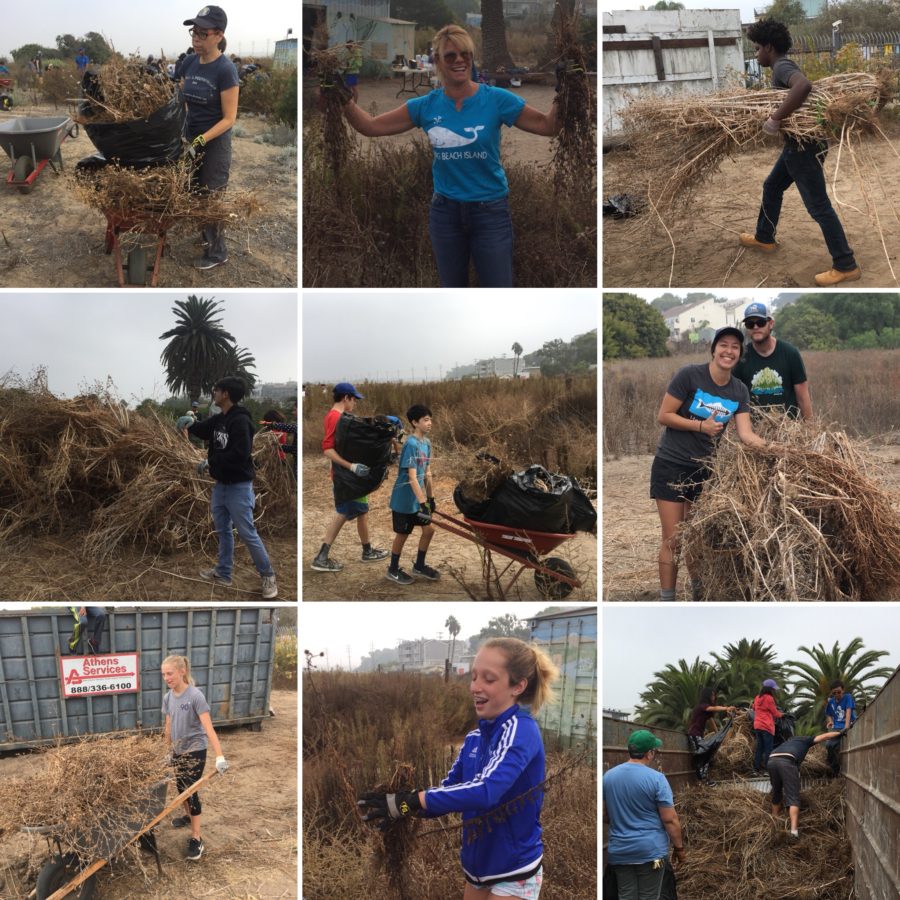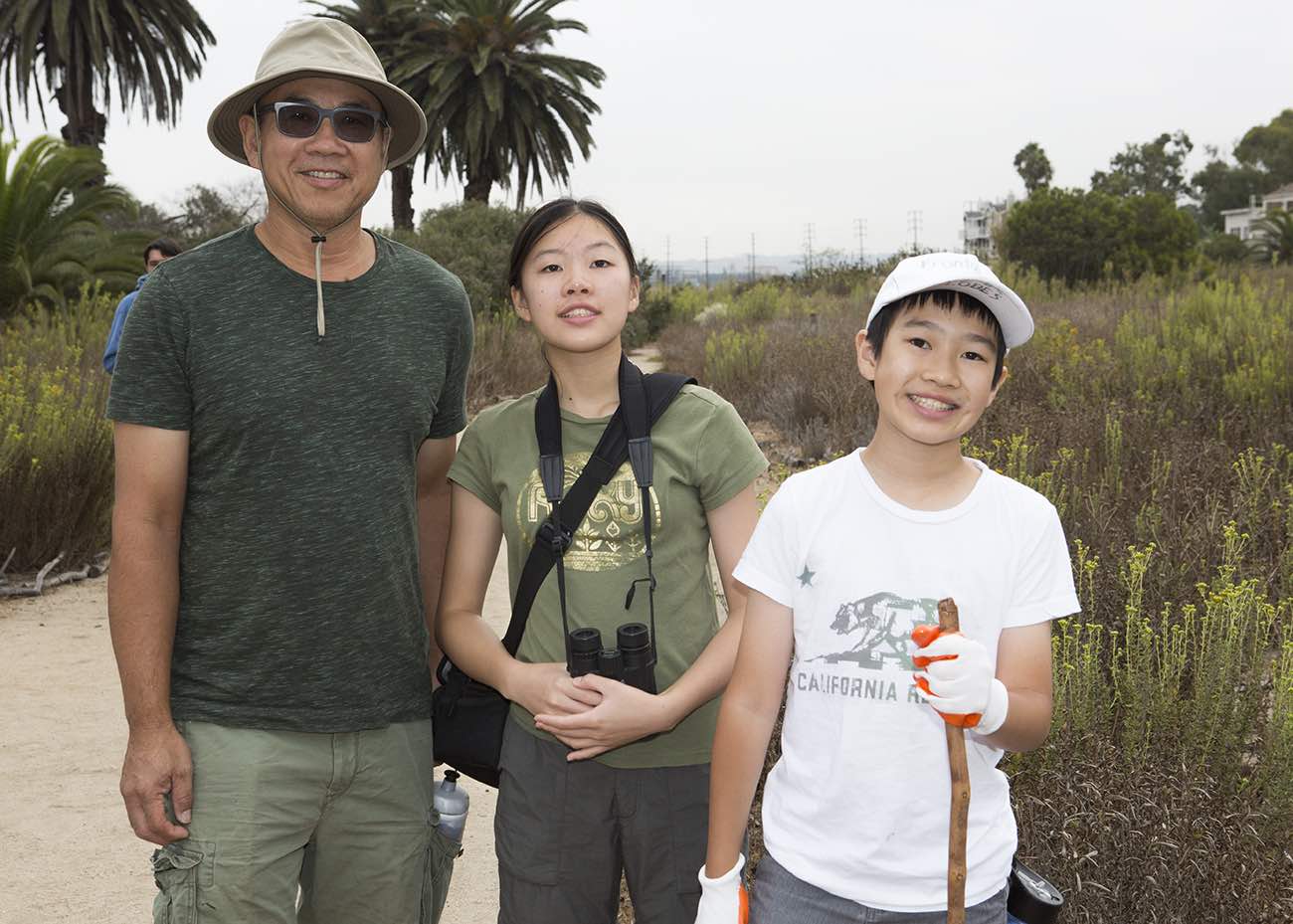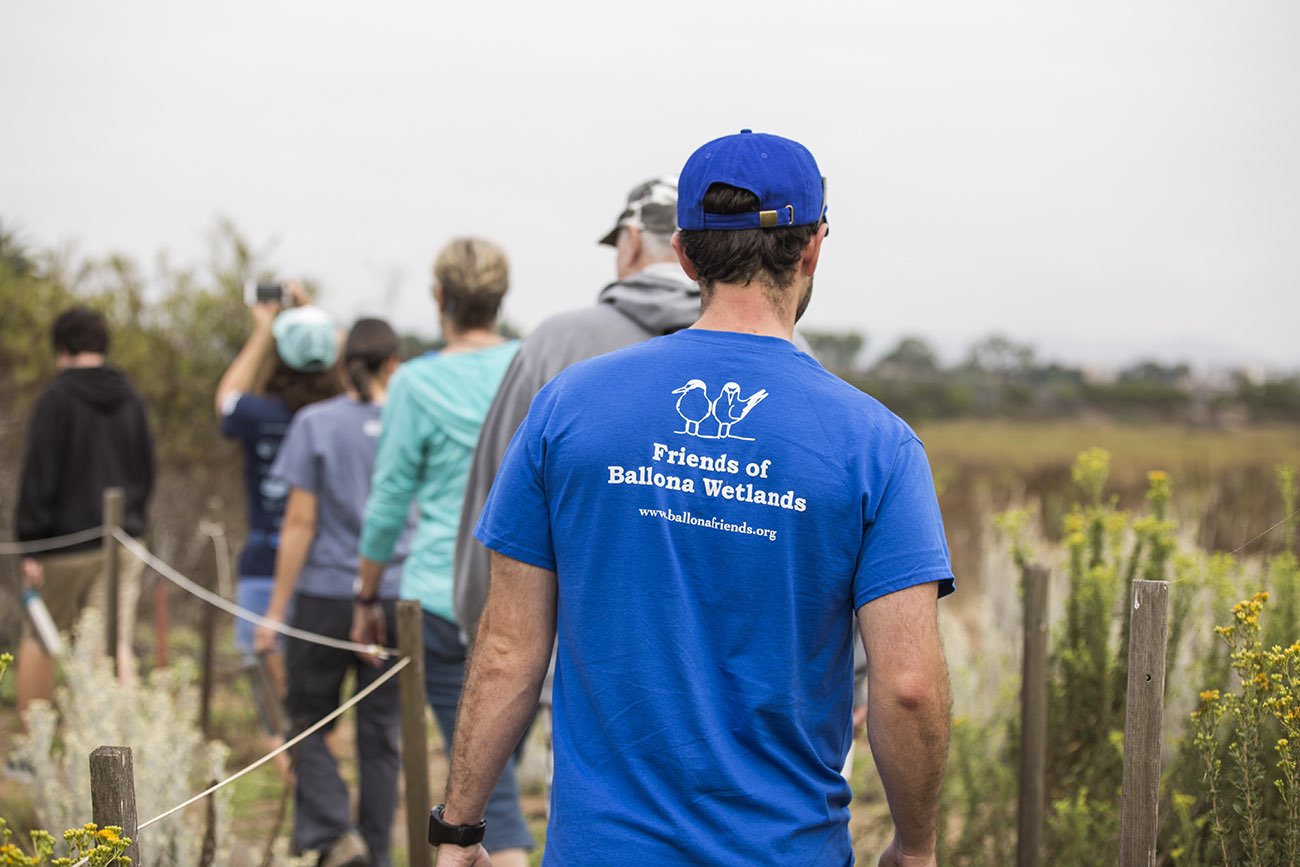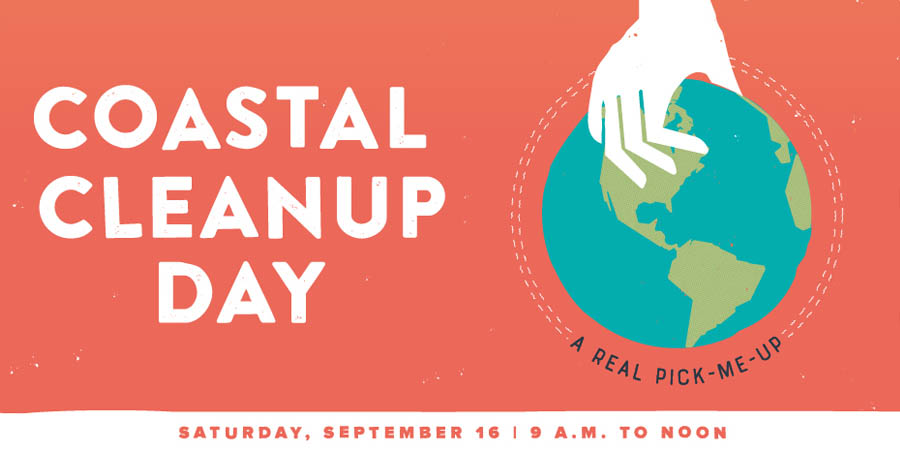
Happy #WorldWetlandsDay!
The Ballona Wetlands Ecological Reserve has the potential to be the most special wildlife area in Los Angeles – a rare remnant of the vast plain of marshes that once covered much of the LA basin. But the ecosystem is severely degraded, and getting worse. Much of the current Reserve is dried out and choked with non-native weeds. In fact, most of the almost 600-acre Ballona Wetlands Reserve doesn’t even qualify as a wetland anymore. Plus, only a tiny sliver of this ecological reserve is open to the public, even though it’s on state-owned land, right in the heart of LA’s westside, between Marina Del Rey and LAX.
Planning to restore the Wetlands and open them to the public has been underway for 17 years. Recently, that plan took a big step forward: after years of analysis, design, community meetings and environmental review, the Environmental Impact Report (EIR) was certified by the California Department of Fish and Wildlife (CDFW) in December 2020. Now this important project can move towards implementation.
Even better news – CDFW selected Alternative 1, the most robust of the possible restoration designs for Ballona. Alt 1 provides the most habitat for wildlife, the greatest amount of walking and biking trails, and the maximum climate resilience. It is a project truly worthy of this special and rare opportunity for urban wetland restoration in LA.
Now the Army Corps of Engineers will prepare its final Environmental Impact Statement (EIS), a process that should take about two years. This is a great opportunity for community input on project design. Heal the Bay will be reaching out for your thoughts and comments as the project proceeds.
More Detail on the Project
Alt 1 will remove the concrete stream banks that separate the former wetlands from Ballona Creek. It will create a healthy, functioning estuary where fresh water from the creek mixes with salt water from the tides of the Pacific Ocean. It will create habitat for fish and migrating birds, educational opportunities for students, and many miles of trails for people to explore.

Heal the Bay and our partners have been involved in every step of the project, providing expert input on wetlands ecology and restoration principles, engaging the public, and advocating for restoration. The Steering Committee of the Wetlands Restoration Principles Coalition (WRP) supports Alt 1 for many reasons:
- Alt 1 removes the most fill and concrete, and creates the most habitat, public access, and sea level rise resilience.
- Alt 1 has more trails than any other alternative. It will create of 3.6 miles of walking + biking paths, as well as 5.5 miles of pedestrian-only trails and ADA-compliant elevated boardwalks.
- Alt 1 will be an asset to communities across LA County in support of public health and access to nature, and a prized jewel of the LA County coast.
- Alt 1 provides parkland in Westchester, Playa del Rey, and the LAX neighborhoods. They are the most park-poor neighborhoods of the westside, with only 15% of the population within walking distance of a park (LA County Park Needs Assessment).
- Alt 1 makes us more climate-resilient, by absorbing decades of sea level rise, restoring ecosystem function to capture Blue Carbon, and ensures safety of neighboring communities from flooding. Alt 1 maintains salt marsh and other habitats through 3.5 feet of sea level rise.
- Alt 1 provides the greatest water quality and habitat benefits, by increasing tidal flushing and creating and restoring approximately 200 acres of marsh and salt pan habitat.
The Ballona Wetlands Restoration is a generational opportunity to recover this unique Los Angeles ecological gem, and open it to the public for all to enjoy. Show your support for this project by adding your name to our coalition’s Ballona Wetlands Restoration Support Letter here: https://www.ballonafriends.org/support.
Check back for updates, there’s more to come on Ballona!
View this post on Instagram



